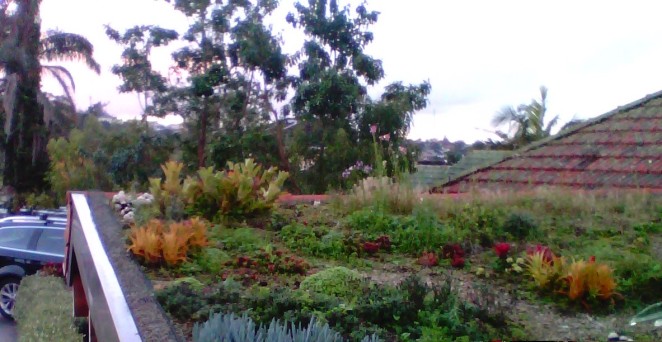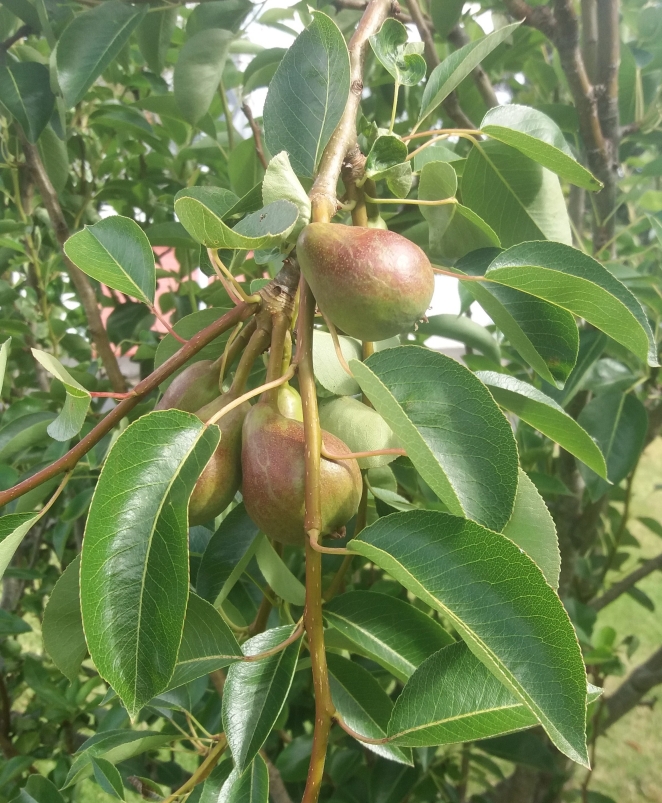I’m sick of paying more for things just because I’m a woman. From menstrual products to makeup, from handbags to hair removal, women are expected to spend more money on more things in order to fit in. Add to this the ‘pink tax‘, where products marketed as being for women or girls actually cost more than nearly-identical male or unisex versions, and being a woman suddenly becomes very expensive.
And not only is the cost of living higher for women, we’re also paid less than men (for a variety of reasons that I won’t go into today).
Sometimes, though, the women’s tax is harder to spot. Sometimes, women have to pay more because we simply don’t have as many consumer choices as men do. Let me give you an example…
I’ve been thinking about buying a bike for a long time now, and I finally decided to bite the bullet and get one this summer. I wanted a bike for a few reasons:
- Climate change: Walking and cycling are emission-free modes of transport. I already enjoy walking to many places in my neighbourhood, but in Auckland’s low-density suburbs you can only get so far on foot. Cycling seems the perfect way to expand my range and access a wider range of shops, parks and community facilities without using a car.
- Peer pressure: Okay, so not actual peer pressure, but almost all my colleagues ride bikes and sometimes my preference for getting around on foot makes me feel like the odd one out.
- It’s fun! I have fond memories of cycling as a child and want to recapture that sense of freedom and joy.
I initially wanted to buy a bike secondhand. I know from talking to all those colleagues that the first bicycle I buy as an adult most likely won’t be the bike I end up falling in love with, so it seems silly to spend a lot of money on something that I may only use for a year or so. On the other hand, a cheap new bicycle wouldn’t be as durable and would ultimately go to landfill sooner than a quality bike. So secondhand seemed like the way to go. However, after weeks spent haunting Trade Me and bike shop websites, I realised that bicycles designed for women are few and far between, and finding a secondhand bike that met my criteria was going to take more time and energy than I have right now. In the end, I caved and bought a new bike.
(It makes sense that the market provides less bicycle options for women than men, when two-thirds of cycling trips in New Zealand are made by men. It makes less sense when you discover even the bicycles marketed as having a ‘women-specific design’ are often exactly the same as the men’s bikes except for a lower top bar.)
That’s not the real issue though – the range of women-specific bikes available may be much smaller than those for men, but at least the lower end of the size and price ranges for each type is pretty similar (and, quibbles about anatomical and wardrobe differences aside, there is nothing stopping us women from buying a ‘male’ bike). I’m writing this blog post because of what happened next.
New Zealand has a mandatory helmet law. When I bought my new bicycle, I also needed to buy a helmet to go with it. I tried the cheapest helmet first – after all, I’m not planning on doing any fast or dangerous riding, so I figured a fairly basic helmet should meet my needs. Turns out those cheap helmets are ‘one-size-fits-all’ and – surprise, surprise – they’re ultimately designed to accommodate a larger head and are a poor fit for smaller people like me. The cheapest helmet that offered a range of sizes was more than twice the price of that basic helmet. But I needed a helmet – and I needed one that fit me – so I had little choice but to pay the premium for the smaller size.
It’s not the first time I’ve experienced this problem either. A few years ago I was in the market for a new pair of tramping boots. My last pair had been a $40 purchase from the local big-box shoe store, and lasted me a good ten years. But the soles eventually fell off, and I was planning to do some hiking in the next few months, so I needed a new pair of boots.
Unfortunately, at some point in the preceding decade the shoe warehouse had decided to discontinue their women’s sizes in tramping boots. I obviously can’t tramp in a pair of oversized boots, so I had to buy boots from a more expensive outdoors store; the cheapest options I could find (that weren’t hideous shades of pink or purple) were well over two hundred dollars. Yes, you do get what you pay for, but in this case I didn’t need the higher-quality boots – another cheap pair would have served me just fine for the amount of hiking I do.
What’s more, that cheap pair I’d bought a decade earlier – they were purchased for a school camping trip. So many parents could never afford to spend hundreds of dollars on a pair of shoes just so their daughters can take part in school camp. Is the only other option for those girls now to miss out completely?
I’m all for buying the best quality you can afford, and the reality is that I could afford to buy the more expensive helmet and boots. But as a woman with a petite frame, I’m sick of being forced to spend hundreds of dollars on items for activities I only take part in casually, when the men around me are able to buy perfectly adequate versions for less than $50. It’s just not fair.












